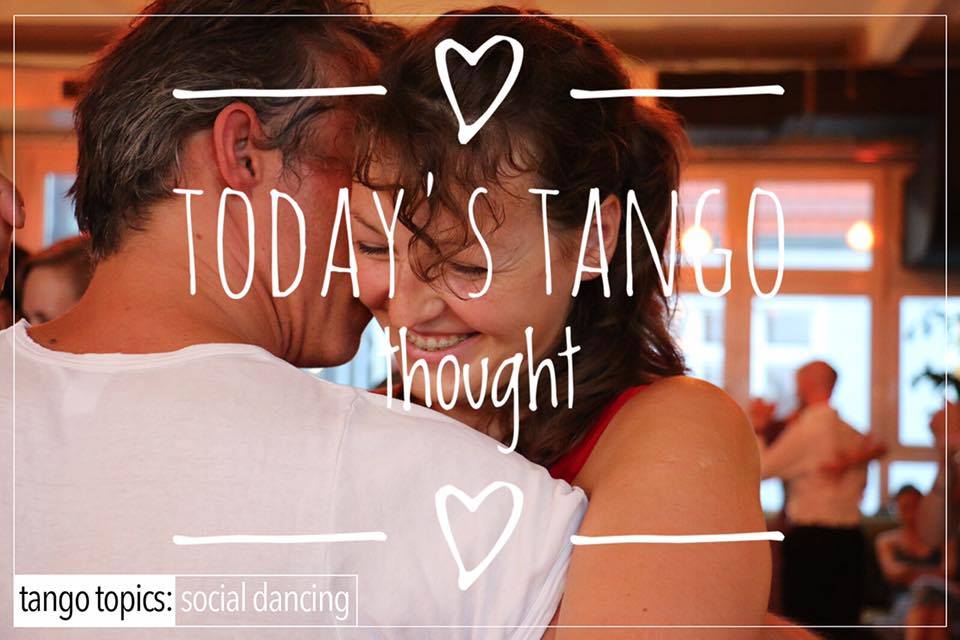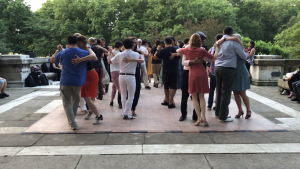see > ‘giving and receiving feedback‘
This is probably one the most important things in Argentine Tango that you can do for yourself and the people that you dance with. Giving constructive, clear, concise, clean, direct, and most of all, honest feedback. It is what is required. While feedback is subjective, it is not personal, it’s what is going on for you in the construct of the dance, the walk, the embrace, and how someone moves in relation to you.
The Trick ? Is to be honest with the people that you dance with, and the more honest you are, while it may be painful to say or painful to hear, assuming that feedback is of a ‘hard’ nature, it can be one of the better things you can do for someone, and yourself. Failure to do anything else is wasting their time and yours!
To be fair, some people don’t want to hear feedback. They like what they’re doing. And they either believe how they dance, their embrace, their walk, their choice of vocabulary (over and over and over again), their execution of said vocabulary (too slow, too much, too sloppy), their interpretation of the music is just fine, or they’re ignorant of what they’re doing, or because no one has ‘complained’ that everything is just fine. From their perspective they just want to ‘dance’, and feedback is pointless. These same people hear feedback, and really any feedback, as negative. Or they attribute the feedback to the person that’s giving it as being a perfectionist. These people are not ready to hear feedback. So giving them feedback is a complete waste of your time, effort, and energy.
Start with a simple question “Would you like some feedback ?”. If the answer is “Yes”, then proceed with three ‘i’ statements, and only three. Do not go beyond this. Most people can only hear at most three, and that’s pushing it. ‘I’ statements are “I think…”, “I feel…”, “I see…”, “I hear…”, “I am experiencing …”, etc. “I feel pressure from your hand”, “I see that you stepping away from me”, “I hear the beat in the music as ….”, etc. Capice ?











